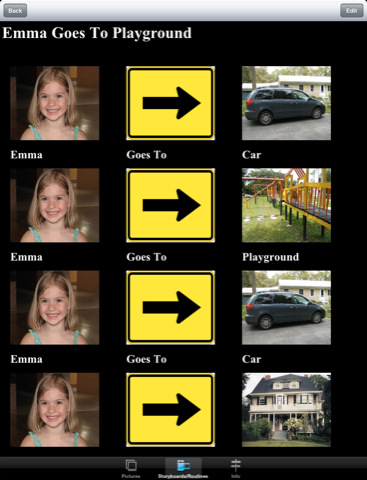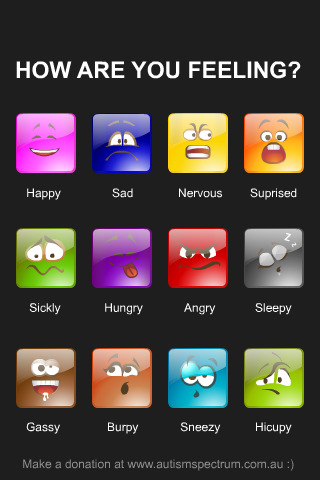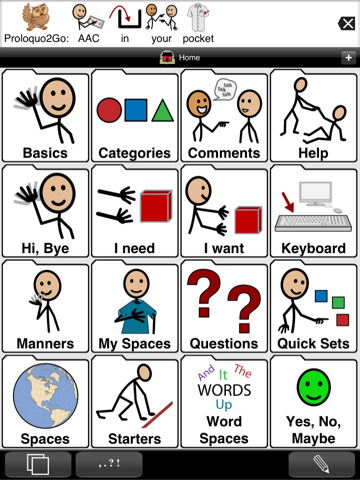year
post
Aug 27, 2010
2010 08 27 Bertolt Brecht Adaptive Apps And Why The Ipad Isnt Just For Consuming Content
Media theorists love Bertolt Brecht's famous 1932 essay, "The Radio as an Apparatus of Communication." It's a prescient call for participatory technology:
"...radio is one-sided when it should be two-. It is purely an apparatus for distribution, for mere sharing out. So here is a positive suggestion: change this apparatus over from distribution to communication. The radio would be the finest possible communication apparatus in public life, a vast network of pipes."
It's easy to make the connection between that imagined network of pipes and our various radio-like devices that are both receptive and communicative. But the appearance of the iPad interface has caused most tech critics to complain that it's merely for content consumption, not for those who want to do the serious work of content creation. It's a step backward from the Brechtian vision, a fancy gadget made only to passively read, purchase, play.
Without a keyboard or mouse, after all, it seems like the pad is a blunter tool for the subtleties of digital content. How can you manipulate images, edit video, or even type fast with a touch screen?
But software developer Duncan Wilcox asks us to reconsider our assumptions about the mouse and trackpad model we now accept as "natural." It's possible that the directness of the pad's form will eventually be seen as a virtue:
To a novice user, aiming at something on screen with a mouse is like trying to ring a doorbell using a broomstick. The tool that's between you and the target object is the cause for the lack of directness. You will get used to it out of necessity, but that doesn't make it better than direct interaction.
... a first level of indirection is removed by touching objects on screen: you directly touch and manipulate information you want to act upon.
Wilcox thinks this "lack of indirection" that the iPad now possesses may in fact make for a better interface (when further evolved) than we now understand. With a better iWork program specifically, and with content-creation apps more generally, we may eventually see the mouse as hopelessly outmoded.
Moreover, it's possible that the iPad has created some unforeseen adaptive functions, precisely because of the ways its new user-interface is structured. Apparently the use of the iPad with children who have autism has had early promising success, reports the San Francisco Weekly:
Since the iPad's unveiling in April, autism experts and parents have brought it into countless homes and classrooms around the world ... Through the devices, some of these children have been able to communicate their thoughts to adults for the first time. Others have learned life skills that had eluded them for years.
Tech critic John Gruber guesses that it's connected to the absence of Wilcox's mouse-as-broomstick abstraction:
The iPad wasn't designed with autistic children in mind, but, anecdotally, the results are seemingly miraculous. My guess is that it has something to do with the lack of indirection — fingers touching screen elements directly, rather than pushing hardware buttons or manipulating an on-screen pointer using a mouse or trackpad.
Below you'll see screenshots of new iPad applications—adaptive communication apps—interspersed with excerpts from Brecht's essay. Turns out that this (accidental?) adaptation may create more inclusive, two-way access and move all of us along a path to better computer-interaction.
Brecht: "[The radio would know how] to receive as well as to transmit, how to let the listener speak as well as hear, how to bring him into a relationship instead of isolating him."
"On this principle the radio should step out of the supply business and organize its listeners as suppliers. Any attempt by the radio to give a truly public character to public occasions is a step in the right direction."
"As for the technique that needs to be developed for all such operations, it must follow the prime objective of turning the audience not only into pupils but into teachers."
The increasing concentration of mechanical means and the increasingly specialized training—tendencies that should be accelerated—call for a kind of resistance by the listener, and for his mobilization and redrafting as a producer."
source credit: Gadget DNA shows 10 iPad apps for autism's common challenges.



